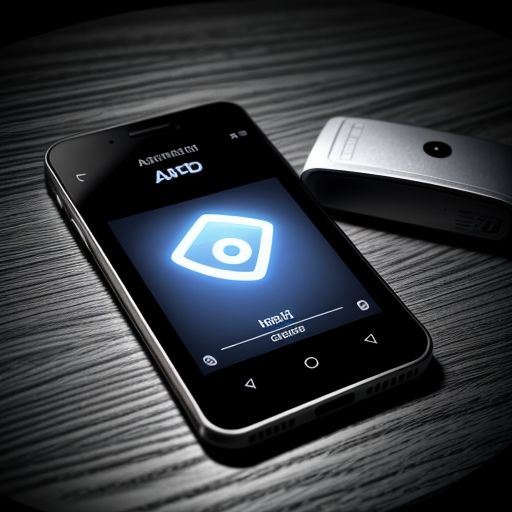In today’s digital landscape, where data breaches and cyberattacks are alarmingly common, ensuring robust cybersecurity measures is paramount. While passwords are often the first line of defense, they are increasingly proving insufficient. This is where Multi-Factor Authentication (MFA) steps in as a crucial second layer of protection, significantly bolstering your security posture.
Understanding Multi-Factor Authentication (MFA)
Multi-factor authentication, also known as two-factor authentication (2FA), is a security mechanism that requires users to provide two or more verification factors to gain access to an account or system. These factors typically fall into three categories:
- Knowledge Factors: Something you know, like a password or PIN.
- Possession Factors: Something you have, such as a smartphone or a security token.
- Inherence Factors: Something you are, like your fingerprint or facial recognition.
By requiring multiple factors, MFA makes it significantly more difficult for unauthorized individuals to access your accounts, even if they have compromised one of your credentials.
security.hanawaterbury.com/wp-content/uploads/2024/07/MFA-graphic-668b9b.jpg" alt="MFA Graphic" width="512" height="512">MFA Graphic
Why is MFA Critical in Cybersecurity?
The importance of MFA in cybersecurity cannot be overstated. Here are compelling reasons why you should implement MFA across your digital life:
- Stronger Security: MFA adds an extra layer of security, making it substantially harder for cybercriminals to gain unauthorized access, even if they steal one of your authentication factors.
- Protection Against Common Threats: MFA effectively thwarts threats such as phishing attacks, credential stuffing, and brute-force attacks where attackers attempt to gain access through stolen credentials.
- Data Breach Mitigation: In the unfortunate event of a data breach, MFA acts as a barrier, preventing attackers from accessing your accounts even if they obtain your username and password.
- Compliance Requirements: Many industries and regulations, such as HIPAA and GDPR, mandate MFA as a security control to protect sensitive data.
Frequently Asked Questions about MFA
What are some common examples of MFA methods?
- SMS or Email Verification Codes: You receive a unique code via text message or email that you need to enter in addition to your password.
- Authenticator Apps: Apps like Google Authenticator or Authy generate time-based one-time passwords (TOTPs) that expire after a short period.
- Hardware Security Keys: Physical devices that plug into your computer or connect wirelessly, acting as a key to verify your identity.
- Biometric Authentication: Using unique biological traits like fingerprints, facial recognition, or iris scanning.
Is MFA really necessary for personal accounts?
Absolutely. While MFA is often associated with businesses, it’s equally crucial for personal accounts, especially those containing sensitive information like financial data or personal files.
I find MFA inconvenient. Is it worth the hassle?
The slight inconvenience of MFA is a small price to pay compared to the potential consequences of a security breach. Think of it as a necessary trade-off for enhanced security and peace of mind.
Conclusion
MFA is a fundamental cybersecurity practice that should be implemented by individuals and organizations alike. By adding that extra layer of protection, you significantly reduce the risk of unauthorized access and safeguard your valuable data. In an era of ever-evolving cyber threats, MFA is no longer optional; it’s an essential security imperative.
